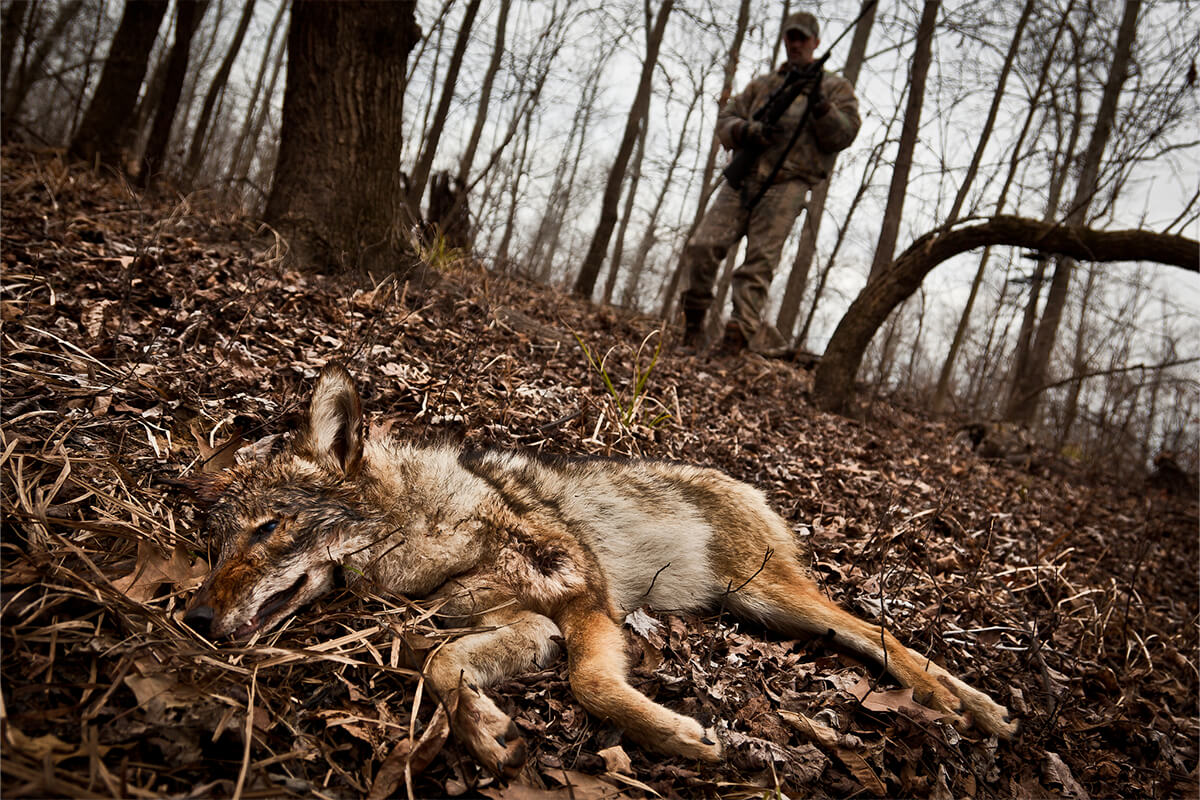
We’ve compared the two most-popular coyote cartridges to see which is really best. (Photo courtesy of Brad Fitzpatrick)
If you’re a serious coyote hunter you probably own at least one fast .22 centerfire rifle. For decades the .22s—primarily the .223 Remington and .22-250—have been the two most popular coyote cartridges, but which one is better?
History of the .223
The .223 Remington began life as a military cartridge in 1957. Known as the 5.56mm M193, the cartridge fired a 55-grain bullet over 3,000 feet per second and was tested in Eugene’s Stoner’s then-new M16 rifle, which would originally be adopted for military service. In 1962 Remington Arms developed a version of the 5.56 for the civilian market, and that round became known as the .223 Remington.

History of the .22-250
Technically, the .22-250 Remington arrived on the scene in 1965, but the cartridge’s history traces decades before that. As early as the 1930s wildcatters were necking down the .250-3000 Savage to handle .22-caliber bullets. That original wildcat round became known in shooting circles as the .22 Varminter and gained a loyal following. It wasn’t as fast as the .220 Swift, but the .22 Varminter didn’t burn barrels and throats as quickly as the Swift and didn’t gobble up as much powder. In 1963 Browning took the bold step of chambering their High Power centerfire rifle in .22-250 even though no commercial ammunition existed at the time. When Remington eventually standardized the .22-250 in 1965 its arrival was and most-anticipated cartridge release of the year—and the worst-kept secret.
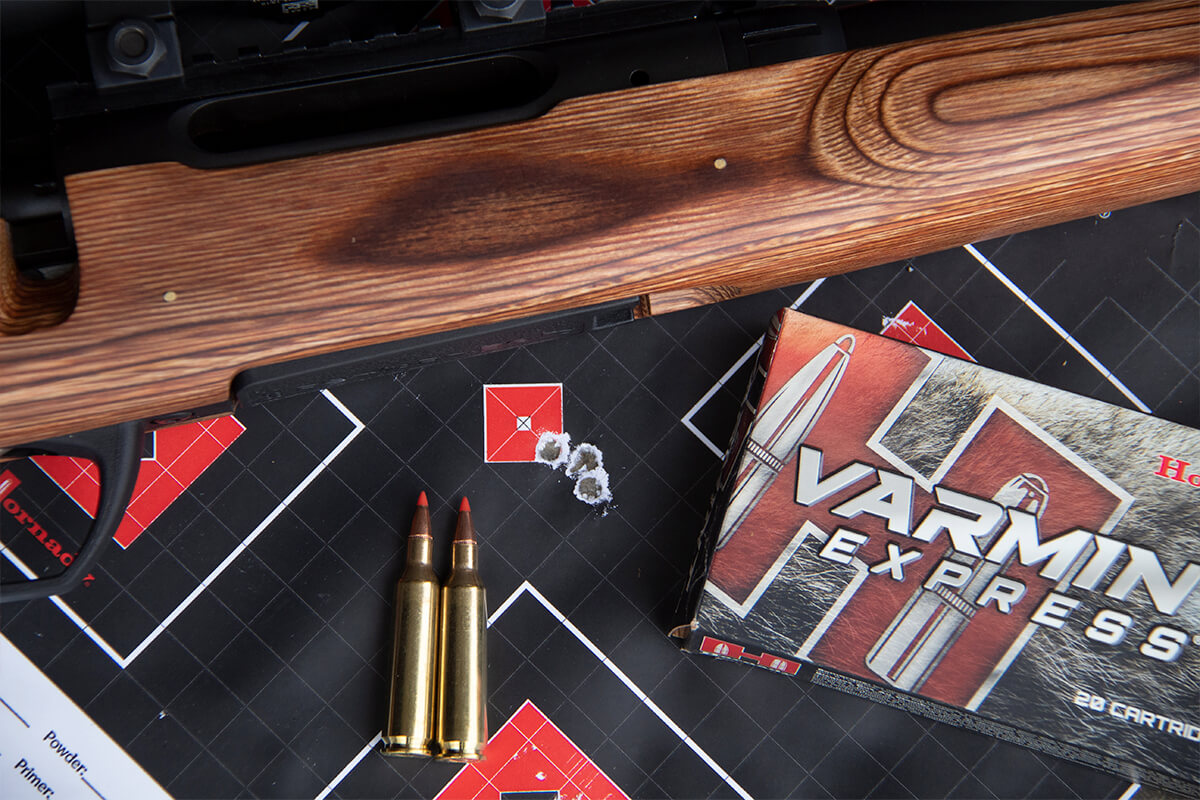
Head to Head Comparison
The .223 Remington offers about three-fourths of the case capacity of the .22-250, so naturally the latter round shoots a lot faster and flatter. Hornady offers a .223 Remington load that pushes a 55-grain V-Max bullet from the muzzle at 3,240 feet per second and a .22-250 load that fires that same bullet at a velocity of 3,680 fps. The .223 load drops a foot more than the .22-250 at 500 yards, and the .22-250’s flattened trajectory curve makes it an easier rifle to shoot accurately at long range. If you’re rangefinder accidentally locks onto a bush that’s beyond your target or you have to make a fast shot on a wounded running coyote you’ll find the .22-250 is more forgiving.
Both rounds have a reputation for superb accuracy, and I’ve owned rifles in both chamberings that shot well under an inch. Handloaders love both cartridges because neither is particularly choosy about powder (Terry Wieland once recounted a story where Jack O’Connor allegedly knew a handloader that dipped his primed .22-250 cases in a tub of 4350 powder and seated a 55-grain bullet on top, and according to O’Connor those rounds shot under an inch—though we cannot recommend the practice). And, being .22 centerfires, neither round generates substantial recoil although the .22-250 does produce noticeably more muzzle blast.
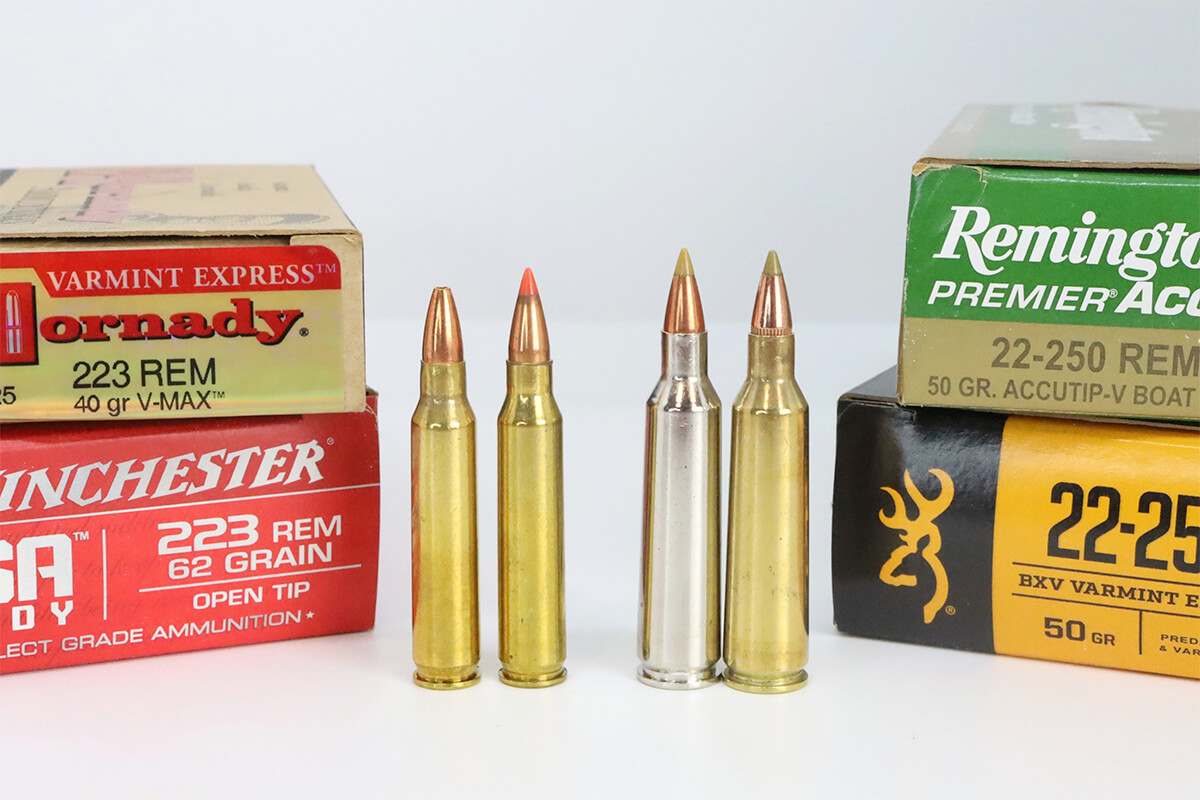
One of the most meaningful differences between these two cartridges is rifle availability. The .223 is chambered in semiautos, bolt guns, single shot rifles and I recently tested Henry’s new lever-action rifle in .223. There are heavy-barreled target .223s and short, handy woods rifles like Winchester’s XPR Stealth SR which has a 16.5-inch barrel and makes a wonderful truck gun. There are, of course, lots of ARs chambered in 5.56 that will fire .223 Rem ammo, and the AR platform is perhaps the most logical coyote platform since it offers superb accuracy, customizability, and fast follow-up shots to drop dogs that respond in tandems and trios. It’s not impossible to find a .22-250 AR platform rifle, but they are far fewer and farther between than the 5.56/.223 rifles that are lining the racks in your nearest rifle shop.
The other important consideration when choosing between the .223 and .22-250 is rifling rate. Most .22-250s were (and are) built with 1:14 or 1:12. These slow twist rates limit maximum effective bullet weight to about 60 grains, perhaps even less. But there are a lot of 1:9 twist .223 rifles that’ll handle heavy 70-plus grain bullets that will buck the wind better than lighter weight .22-250 pills, even when those bullets start at a higher velocity. Of course, you could swap your standard 1:14 .22-250 barrel for something faster like a 1:9, but then you’d better plan on handloading since the vast majority of factory-loaded .22-250 bullets weigh between 35 and 60 grains.
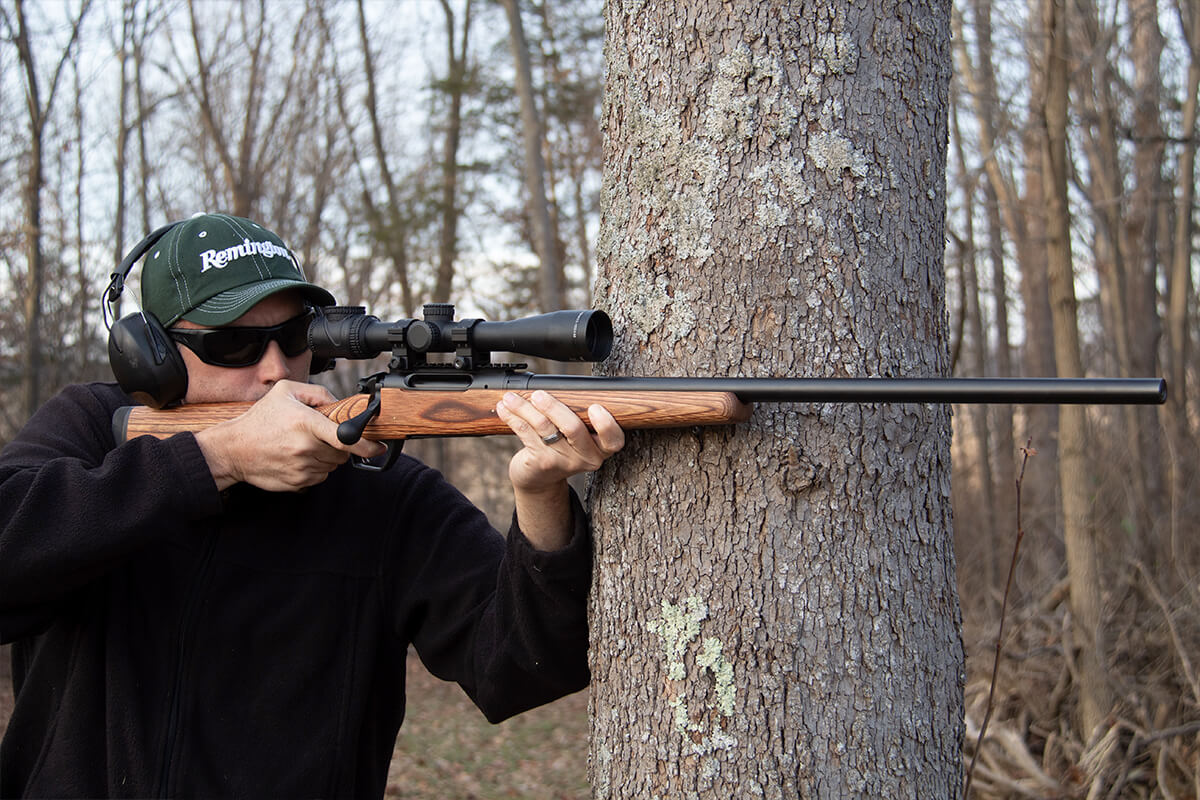
How important is a fast twist barrel and a heavy bullet? Very important if you ask any long range shooter, but if you’re hunting coyotes under 500 yards slower, higher BC bullets won’t begin to outshine lighter, faster bullets. Heavy bullets are in, but if you’re shooting under 400 yards (and almost all of us are) then you’ll be fine with either round but will enjoy a flatter trajectory with the hotter .22-250.
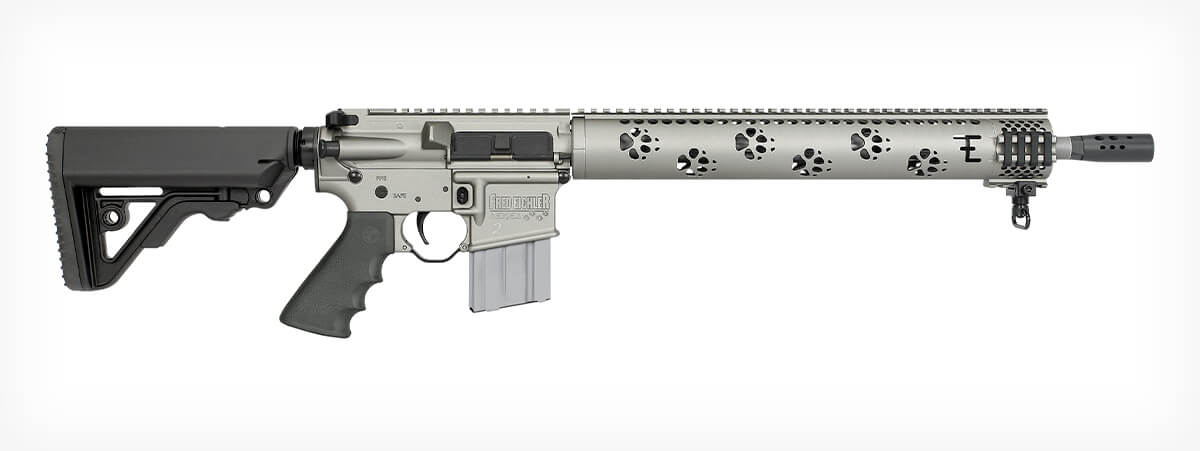
If you’re hunting in the Dakotas, Wyoming, or Arizona you may very well shoot coyotes on the regular past a quarter-mile. But I live in the Midwest where shots on coyotes over 250 yards are rare (I’ve killed as many ‘yotes under 100 yards as I have over 200 in my home state of Ohio). In that case, you won’t notice the .22-250’s flatter trajectory. You will, however, notice that cartridge’s tendency to damage pelts. The .22-250 is fast, and with light, rapidly-expanding bullets it can create massive wound channels. That’s not good if you’re trying to make back ammo money selling furs, but if you’re simply keeping the predator population in check the .22-250’s tendency to deconstruct the target isn’t as galling.
Which round would you pick?
As for me: The .223, simply because most of my shots don’t call for the .22-250’s flat trajectory and because I can switch back and forth between my ARs and my bolt gun. I hunt almost exclusively with a suppressor now, and having the ability to quickly add a can to my AR carbine while maintaining a barrel length that is functional in the field makes the .223 appealing. However, I recently returned from a hunt with Kody Glause for antelope near Casper, Wyoming and we saw lots of coyotes on that trip. Most of those dogs hung out between 400 and 500 yards (the maximum effective range for many shooters—I’m sure that’s not a coincidence) and a flat-shooting, heavy-barreled .22-250 would be a great addition to the collection of any rancher or hunter that part of the world.








